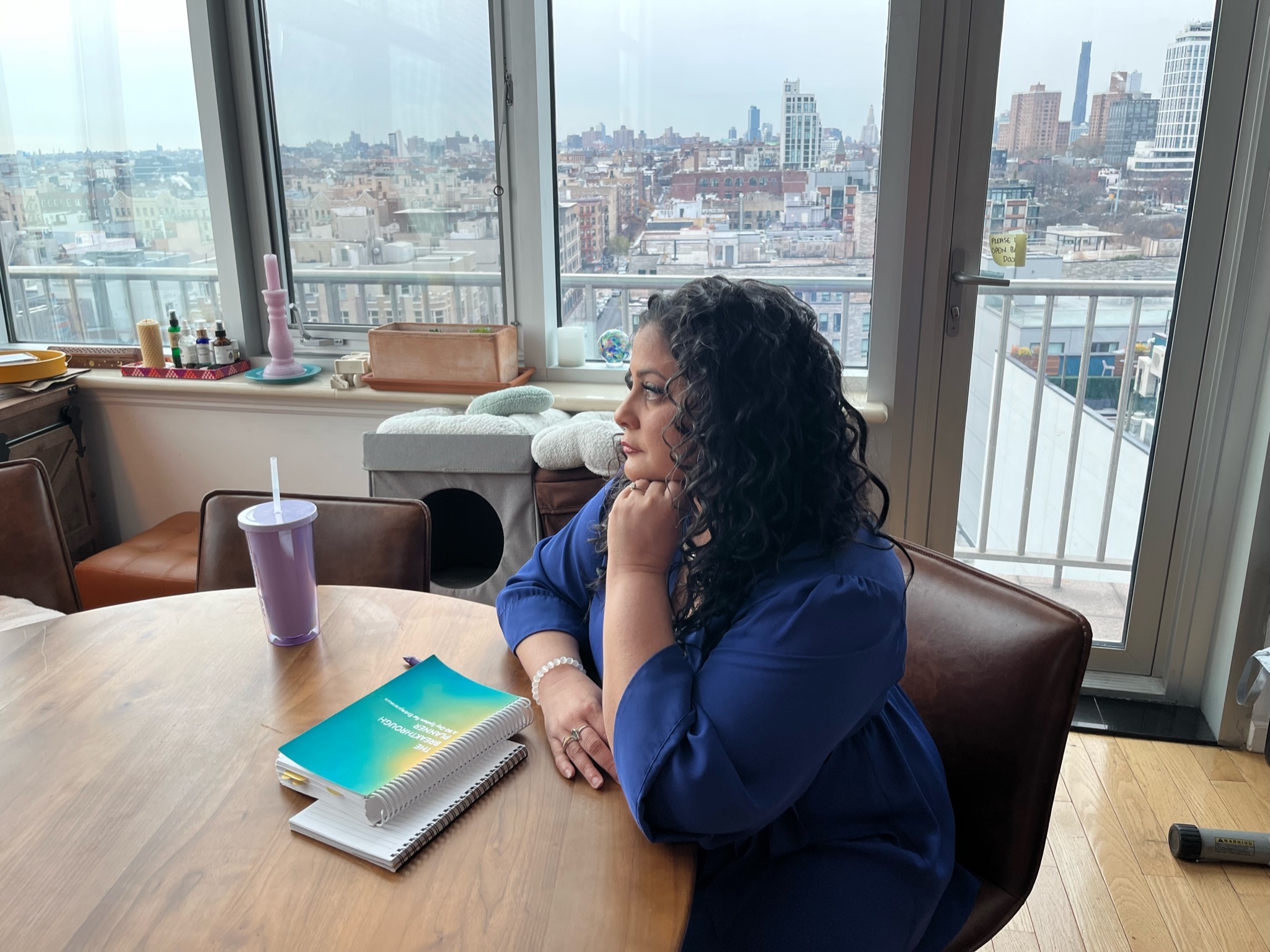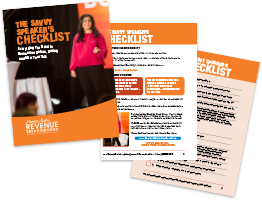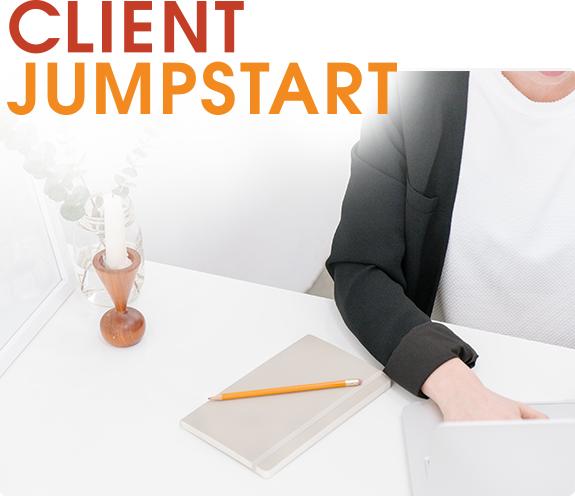How To Play More and Work Less
So we’re smack dab in the middle of summer. Most of us just want to be outside, playing, hanging out, lying in the grass, soaking up the sun… So how do we get more of that playtime this summer?
One of the keys is to make yourself more efficient.
I know that efficiency sounds boring and corporate and not very fun, but the more efficient you are at finishing what you need to finish, the more playtime you can have.
In fact, some of the most successful entrepreneurs that I know and work with can get away with working for four to six hours a day – and make multiple seven figures.
So how do you do it? You’ve got to add urgency to your equation.
Let me give you an example. Some of my most efficient clients are entrepreneurial women who are mothers of young children. Why? Because they have urgency.
These women have kids coming home every day at 2:30 or 3 p.m., and they have to be there for their kids to provide snacks, take them to after-school activities, make dinner, and do all of their family- and home-related work.
There’s no way that they can allow their work to extend past 3 p.m., so they become very efficient at getting things done during the day.
I find that most of us, as entrepreneurs, tend to not have that kind of urgency because we don’t have a hard deadline – a container – for when we have to stop working.
Maybe you planned on getting something done between 1:30 and 2:30 p.m., and you just happened to take a longer lunch break or get absorbed in a string of cat videos – or maybe you just got sidetracked by something else that you were working on.
There’s this tendency to let your work creep on until 7 or 8 p.m. Maybe you push dinner back to 8:30, or maybe you eat on time and then open your laptop back up at 8 to get that last bit of work done.
Before we know it, our work tends to flow all over our days – because we have the option to let it. Because we don’t have a hard stop.
We’re enabling ourselves to be inefficient.
So how do you stop doing this?
The first major step here is to create a container for your work: a time when you start working, and a time when you have to stop. Create urgency around what needs to happen so that you can sit down and get it done.
If that version of step one doesn’t sound practical to you, here are some substitutes. Every time you start a task, decide what time you’re going to be done by.
If you’re writing an outline for a video, and you start at 1:30, look at the clock and tell yourself, “OK, I’m going to be done by 2 o’clock sharp.”
The second step is to focus on watching the clock – even if that means setting a timer.
Using a timer is incredibly important – whether that’s a digital countdown timer in the corner of your laptop screen or a timer that beeps every five minutes. There are so many computer and phone apps with timers that can really keep you focused on time and repeatedly pull you back into your work.
Now, I want to let you know that if this is your first time deciding how long something’s going to take and setting a timer, you’re going to be miserable at it. Most people grossly underestimate how long a task will take.
Over time, you’ll learn to give yourself more time than you originally thought you would need.
I would also recommend that you break each task up into smaller tasks. If you’re writing a four-page article, for example, instead of giving yourself three hours, maybe you give yourself half an hour to write the first page, half an hour for the second page, and so on.
Step number three: let go of the need for perfection. When you’re writing or creating something, focus on creating a shitty first draft.
A shitty first draft is key.
I know that this way of working might seem rigid, a little too structured, or even harsh.
But I want you to remember that all of this will enable you to work less and then have time to fully rest and recover. This way, your rest periods can be completely unstructured.
Increasing our efficiency during work sessions allows us to have longer, interrupted, unstructured rest sessions.
Now, if you are intrigued by this framework and if you’d like to try it out with a community to support you, I want to invite you to purchase my Flow Method program.
My Flow Method program will show you how to set up structured work intervals to help you get your work done faster. It’s only $27, and you can find it at FlowMethodProgram.com.
The beauty of the Flow Method is that I also host Flow Method Days where we set aside a few hours to work together (virtually) as a group – which automatically gives you a container to get things done.
Our next Flow Method Day is coming up this Saturday, July 23 – and you’re automatically invited to join us when you purchase the Flow Method program.
If you’re someone who needs help separating work time from playtime – and reducing the former in favor of the latter – I’d love to be able to take you by the hand and show you exactly how to follow this structured process.
Check out my Flow Method program, and I’ll see you on Saturday at our next Flow Method Day.








